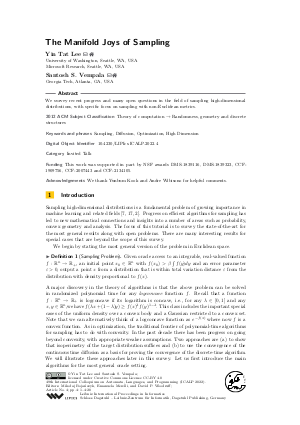LIPIcs.ICALP.2022.4.pdf
- Filesize: 0.95 MB
- 20 pages

 Creative Commons Attribution 4.0 International license
Creative Commons Attribution 4.0 International license

































Feedback for Dagstuhl Publishing